Artists Illuminated: Erik Nieminen
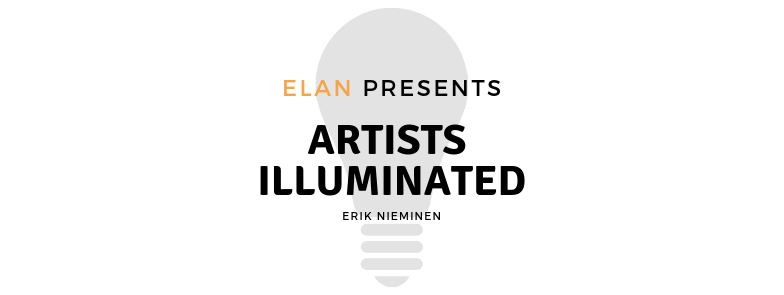
Erik Nieminen is a Finnish-Canadian artist born in Ottawa in 1985. He achieved a BFA from the University of Ottawa in 2007 and an MFA from Concordia University in Montreal in 2010. He has exhibited in both Europe and North America, including a recent solo show at the Albemarle Gallery in London entitled “The Unreal”, and at the Galerie d’Art d’Outremont in Montreal entitled “Above Below”. Erik Nieminen’s next solo show will be in 2019 in New York City, entitled “Paradise Not Lost”. He currently lives and works in Montreal, after spending four and a half years living in Berlin. He shows with the Galerie Kremers in Berlin.
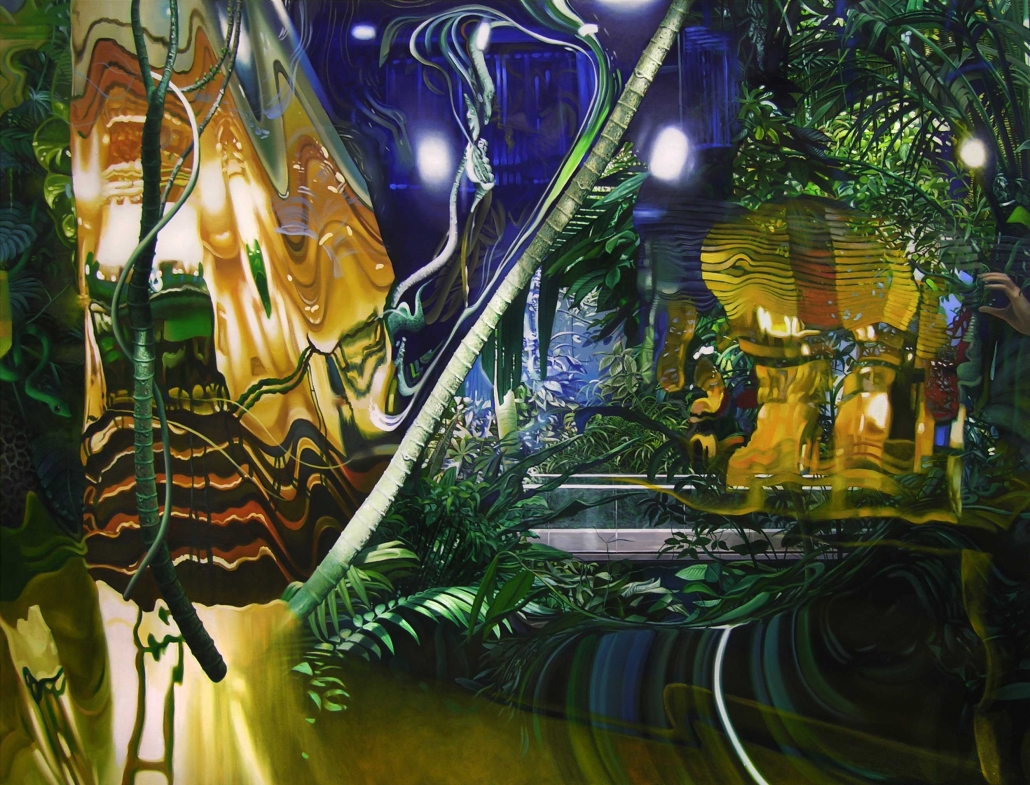
“Midas”, oil on linen, Erik Nieminen.
What attracted you to painting, and to your mixture of realism and surrealism?
For me painting is the most malleable of visual mediums. It is not constrained by programming or other technological limits. It’s purely chemical — almost alchemical from a certain point of view. The flexibility of the painting process stems from its non-reliance on mechanical visual systems which allows painting to exist as a kind of alternate reality from our own — something dream-like or even surreal. Things like film and photography serve a different function as they tie concretely back to our world as a document of a moment in time. Paintings are created over varying lengths of time with each individual inch of the canvas being taken into consideration, meaning there is nothing incidental. It is an amalgamation of thousands of conscious and subconscious decisions. Painting can be whatever you want it to be.
I tend not to distinguish between realism and abstraction (or surrealism). It all exists together, as the moment you depict something on a two-dimensional painted surface it automatically becomes abstraction. It’s either that or it’s all representation. In any case it’s all unreal, and therefore it’s a bit of an absurd notion to be too reliant on notions of “what things actually look like” and thus I am free to move between styles as much as I wish.
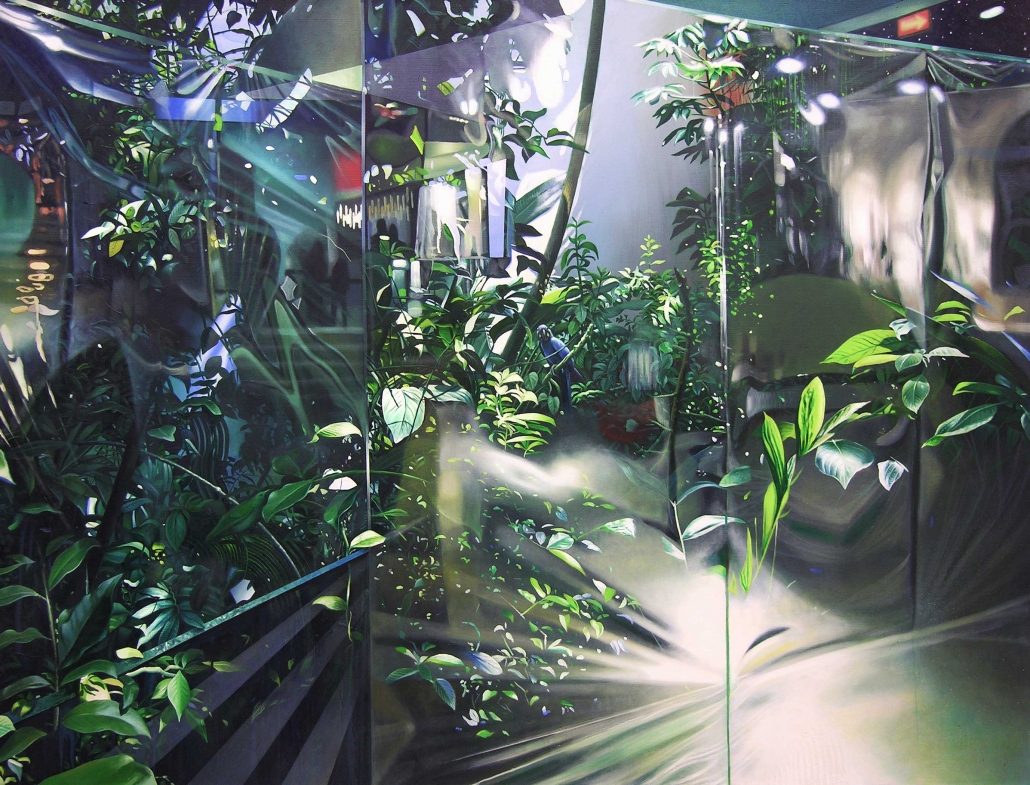
“Abstract Paradise”, oil on linen, Erik Nieminen.
Your work often has a mixture of artificial and natural environments: could you talk about how these themes influence your work?
I’ve always been interested in urban motion. I grew up in Ottawa, which is a city of a decent size, but ultimately has a very small-town feel about it. I always wanted to get out and live in a big urban center… to be in the middle of the hustle, in the dynamism of the crowd, of technology, of concrete — I found all this quite exciting. I understand the city as a kind of construct, a fabrication that is intended to serve humanity in an organic, natural, and fluid manner. However, it doesn’t always work, and so humanity constructs artificial escapes, mini-paradises in the middle of the city in the form of parks, biodomes, etc. We visit these places as a respite from everyday life. What was once commonplace is now a kind of theatrical therapy.
In terms of painting, I used the city as a subject for a long time. It provided enough content to develop complex spatial challenges, but natural habitats also provide these challenges through different shapes and forms. I’m interested in combining the city and the organic world in such a way that they collide with each other to create unique visual encounters, and from there — themes, narratives, and ideas may emerge.
Much of your work in the “Reality” series depicts people in day-to-day situations in the city. There’s a voyeuristic element to this. Do you work with photography to help create these scenes?
I wander through the city with a sketchpad, a camera, and a video-camera. Periodically I will stop and document a location that seems to contain significant visual possibilities, something I can cultivate further. I take thousands of photos per year, but also many hours of video documentation. Every painting begins with abstract sketches (lines, shapes, scribbles). Eventually a kind of abstract composition emerges. These digital photos and videos serve as reference points that I can steal from to inject into my sketched spaces. Therefore, as real as some paintings may seem, they are all impossibilities — a conglomeration of drawing, photo, and video coming together to create a singular painted experience that cannot be found in real life. In terms of being a voyeur — I try not to be noticed when documenting something… I don’t bother to compose shots, I get the information as fast as possible and move on. I don’t want to be intrusive.
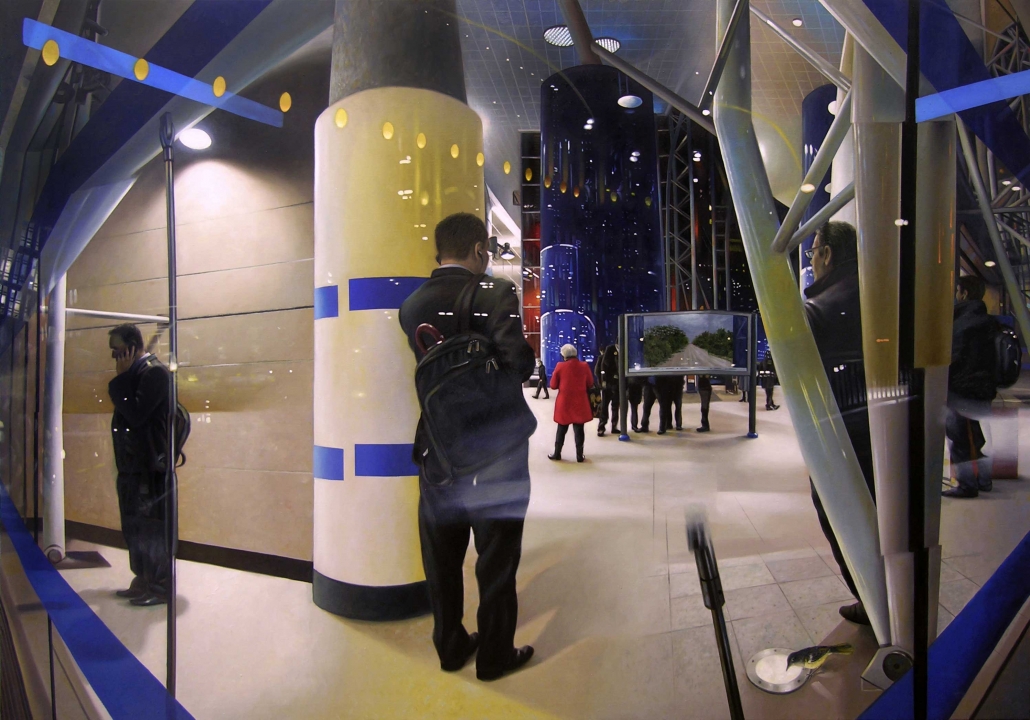
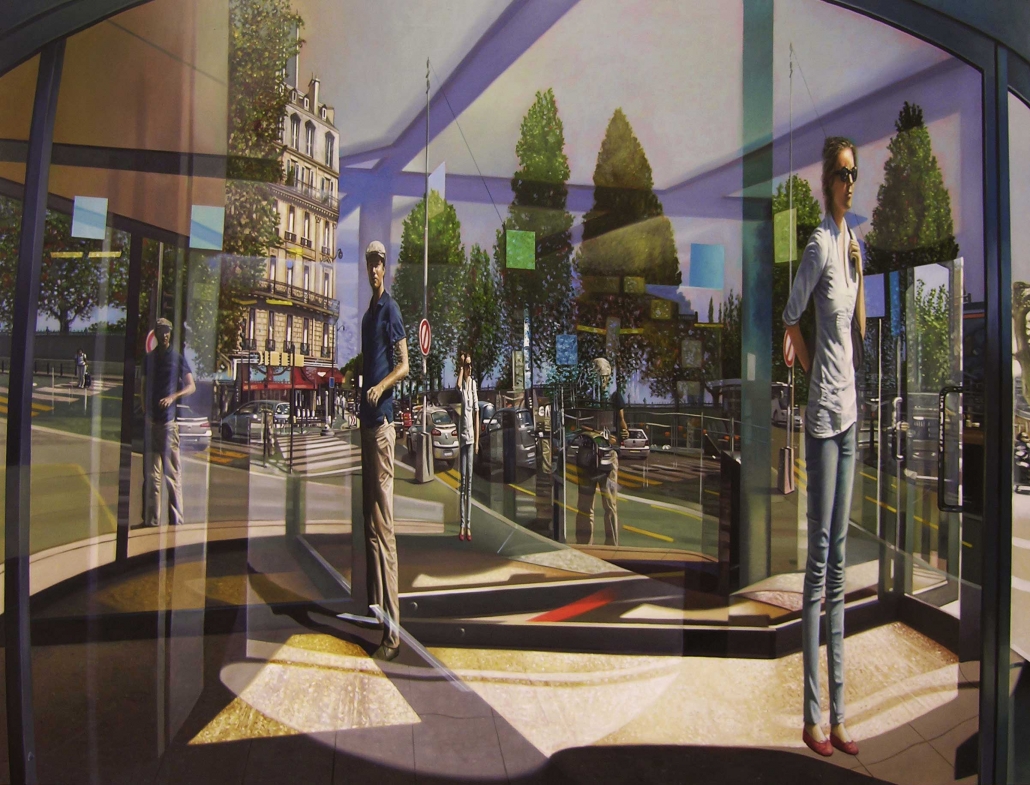
“The Other Side” (top) and “Ricochet” (bottom), oil on linen, Erik Nieminen.
What are some of the sources of inspiration for you?
While I try not to rely on anything specific, I am very influenced by artists whose interest is in playing with three-dimensional space on a flat surface. Therefore the cubists and futurists were some of my earliest influences. An artist like David Hockney is someone I’ve looked at a lot, though my work doesn’t have any particular aesthetic connection to his. I’ve been looking at a lot of very formal abstract painting recently, but then I’ve also been listening to talks by the artist Vincent Desiderio who paints in quite a figurative way, almost old master-like. Literature that involves reflections about the human condition in urban space have always interested me — Paul Auster’s New York Trilogy being one, but also something like Edgar Allan Poe’s short story The Man of the Crowd, upon which I based a 7 meter long painting several years ago. I listen to electronic or minimalist music while working. It’s hard to pinpoint exactly why, but perhaps it’s got the right mix of warm and cool to keep me in a state of balance while painting.
You’ve had experience living abroad in Berlin: how did you transition your artistic practice to the city? Can you talk about how you established connections, mapped out galleries and other resources?
It wasn’t necessarily easy to move to a country where I didn’t speak the language and knew almost nobody (my friend, the artist Vitaly Medvedovsky lived there at the time and he was very helpful). I’m also not an extroverted person, so diving in and making connections is not a natural state of being for me. It took quite a while (several years) to meet enough people to have regular opportunities open up for me. Ultimately, Berlin is not necessarily the best city in which to show painting — unless it’s of a more conceptual nature.
After nearly four years in the city I was approached by a gallery for representation. Partly it took so long because I work relatively slowly… just to build up enough work to show someone took a couple years. I had a list of galleries that I found interesting, but of course these are not places you can just walk into and show them work. They have to know of you prior to you talking to them or you have to meet through some of network-like connection. The gallery that found me was actually a new one at the time (it has since closed and I have moved on to another gallery in Berlin).
I’ve found that my work doesn’t necessarily change that much depending on where I am. Partly I attribute this to art being so globally connected now via the internet. Influences range far more than from just a local context. Furthermore I don’t have a particular interest in depicting specific locations, so if I’m living in Berlin I’m probably not using a location in Berlin as a source — it could be imagery I’ve collected ten years ago someplace else.
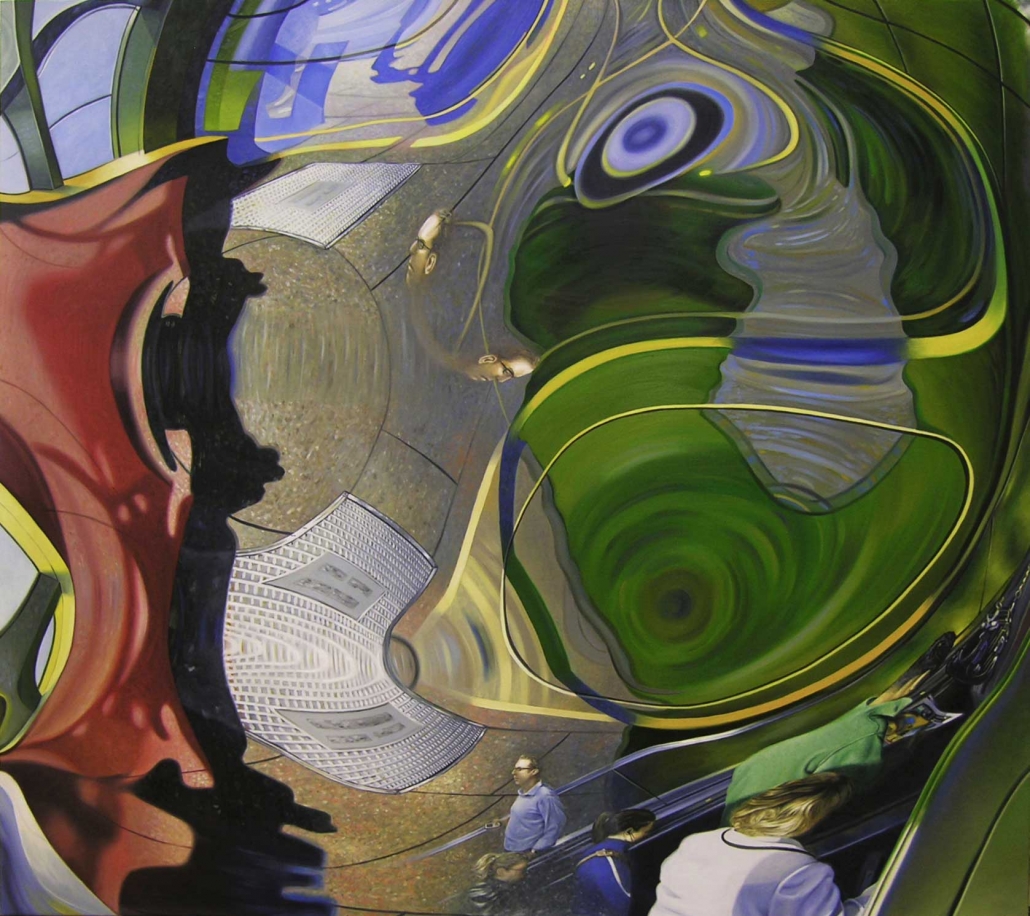
“Janus”, oil and linen, Erik Nieminen.
After graduating from your MFA, what steps did you take to continue exhibiting and practicing professionally?
I was quite lucky that a few people liked my work enough to want to collect it right out of the gate. Therefore I have been fortunate enough to more or less live off my art for nearly a decade now. It is not always easy — some years are better than others. The main thing is that I continue to always have exhibitions of some kind lined up for the future, which then can open up other opportunities. It was important after graduating to hit the ground running and to keep that momentum going. Therefore I try to maintain a steady schedule of about 2 or 3 upcoming (group or solo) shows at all times. I am fairly picky about where I show and the context matters, so it’s sometimes difficult to find the right environment for the work, but thus far things have worked out well enough. The occasional grant or award has been quite helpful as well, from a financial point of view.
Could you talk about your experience in exhibitions? What are some tips you might give to other artists pitching their art to galleries?
I have worked with some curators, mostly as a result of them seeing my work online or via studio visits. I have almost never received a response by reaching out to a gallery out of the blue. I have heard this can work on occasion, but it’s quite rare as galleries tend to be inundated by similar requests for connection. They have to meet you in a social scene or see your work in a public exhibition in order to gain their attention (this has been my experience). I have worked with both commercial galleries and not for profit spaces. The upside to working with a commercial gallery is that they will (in theory) promote your work at all times and try to find opportunities for you to show and sell your work. It can have positive financial results and hopefully bring your work to a wider audience, though this very much depends on the reach and ambition level of the gallery. Artist-run centers and other non-commercial spaces can sometimes be more interesting from a creative standpoint. As they aren’t so concerned with making money, there is more opportunity to experiment and perhaps show work that would not be seen in a commercial gallery.
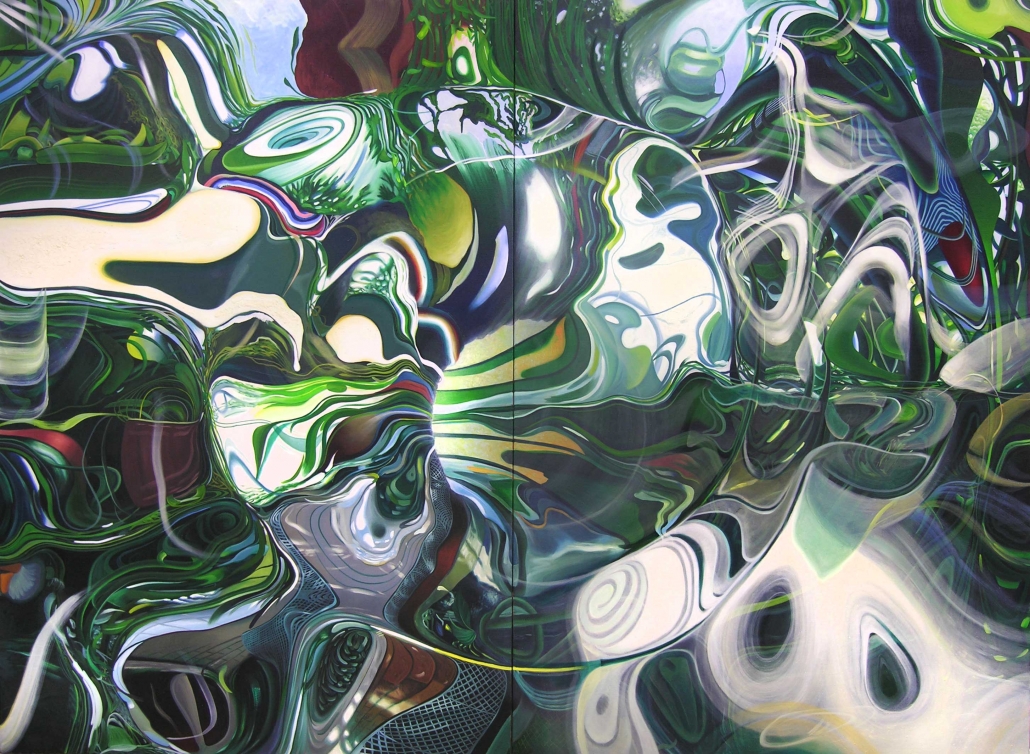
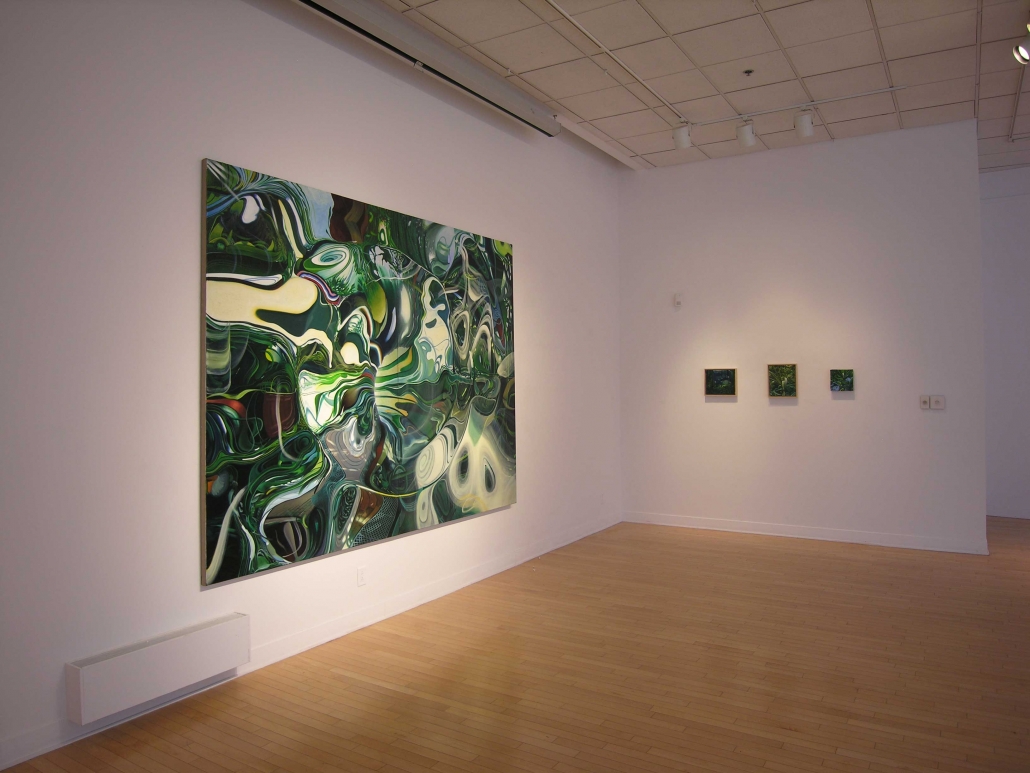
“AboveBelow”, oil on linen, and exhibition at Galerie d’art d’Outrement (Montreal), Erik Nieminen.
What projects are you currently working on?
I was fortunate to be the recipient of the 2018 Bombay Sapphire Artisan Series Award, and as a part of that I will be having a solo show in New York City in 2019. The exact date and venue have yet to be worked out, but that is my main focus at the moment. The title of the show will be “Paradise Not Lost”, which is also the title of my current body of work. In February 2019 I will be taking part in a group show at Galerie Erga curated by Jason McKechnie. The title of that is “Perspicacious Paintings”. I will also have a work at the Christ Church Cathedral in downtown Montreal as part of Nuit Blanche. I’ve never shown in a church before, so I am looking forward to that. Finally, I will be having a solo show in June of 2020 at the Galerie McClure in Montreal.
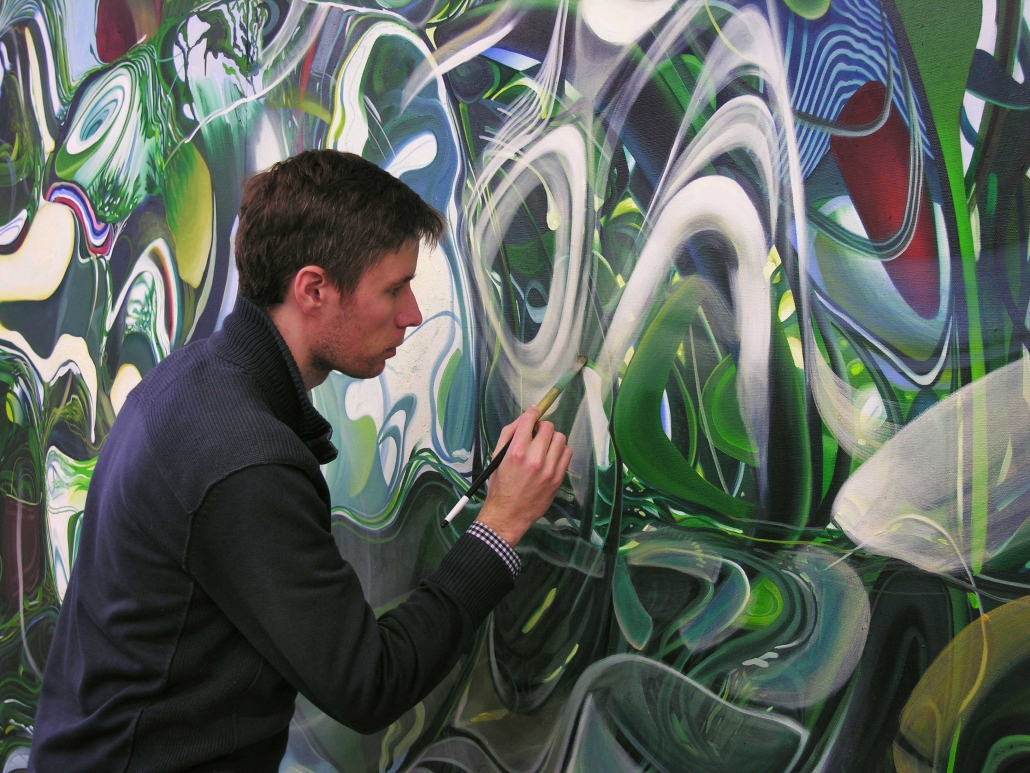
Erik Nieminen’s Website: eriknieminen.com
Erik Nieminen’s Instagram: @eriknart
Follow ELAN on our Instagram:@elanqc
SEE OUR PREVIOUS FEATURES & SHORTS:
Vallum Magazine / VSEAL (Organization Spotlight)
Graham Krenz (Shorts)
Jingju Québec (Organization Spotlight)
Clara Congdon (Feature)
Glenna Tissenbaum (Feature)



